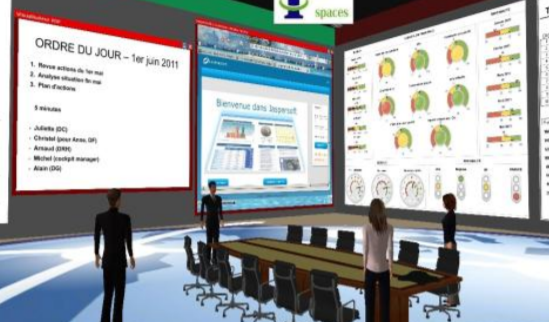Experiences in Implementing an ICT-Augmented Reality as an Immersive Learning System for a Philippine HEI
PubDate: Jun 2015
Teams: Technological University of the Philippines–Taguig; University of the Philippines Los Baños
Writers: Nestor R. Valdez, Marcelo V. Rivera, Jaderick P. Pabico

Abstract
This paper presents the experiences in building and implementing a 3D avatar-based virtual world (3D-AVW) as a VLE (3D-AVLE) for the Technological University of the Philippines-Taguig (TUP-T), a higher education institution (HEI) in the Philippines. Free and Open Source Software (FOSS) systems were used, such as the OpenSimulator and various 3D renderers, to create a replica of the TUP-T campus in a simulated 3D world. The 3D-AVLE runs in a single server that is connected to the learners’ computers via a simply-wired local area network (LAN). The use of various networking optimization techniques was experimented on to provide the learners and the instructors alike a seamless experience and lag-less immersion within the 3D-AVLE. With the current LAN setup in TUP-T, the optimal number of concurrent users that can be accommodated without sacrificing connectivity and the quality of virtual experience was found to be at 30 users, exactly the mean class size in TUP-T. The 3D-AVLE allows for recording of the learners’ experiences which provides the learners a facility to review the lessons at a later time. Classes in fundamental topics in engineering sciences were conducted using the usual teaching aid technologies such as the presentation software, and by dragging-and-dropping the presentation files to the 3D-AVLE, resulting to increased learning curve by both the instructors and the learners.
